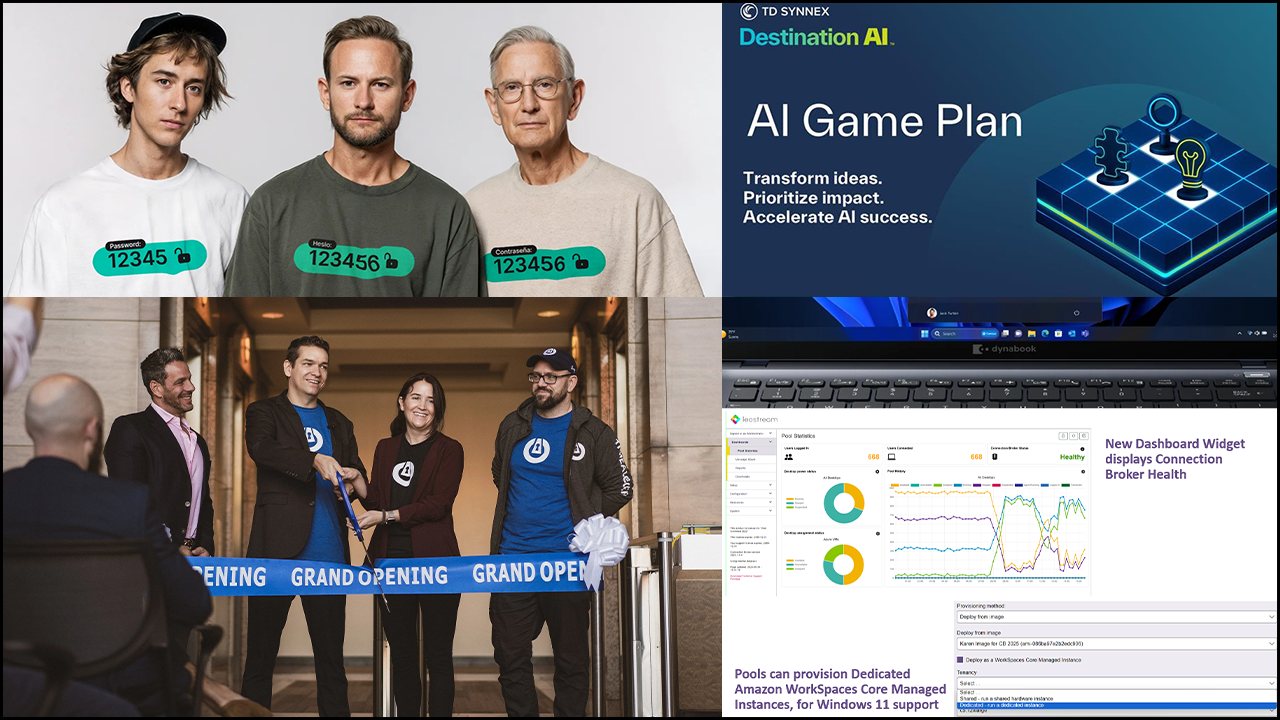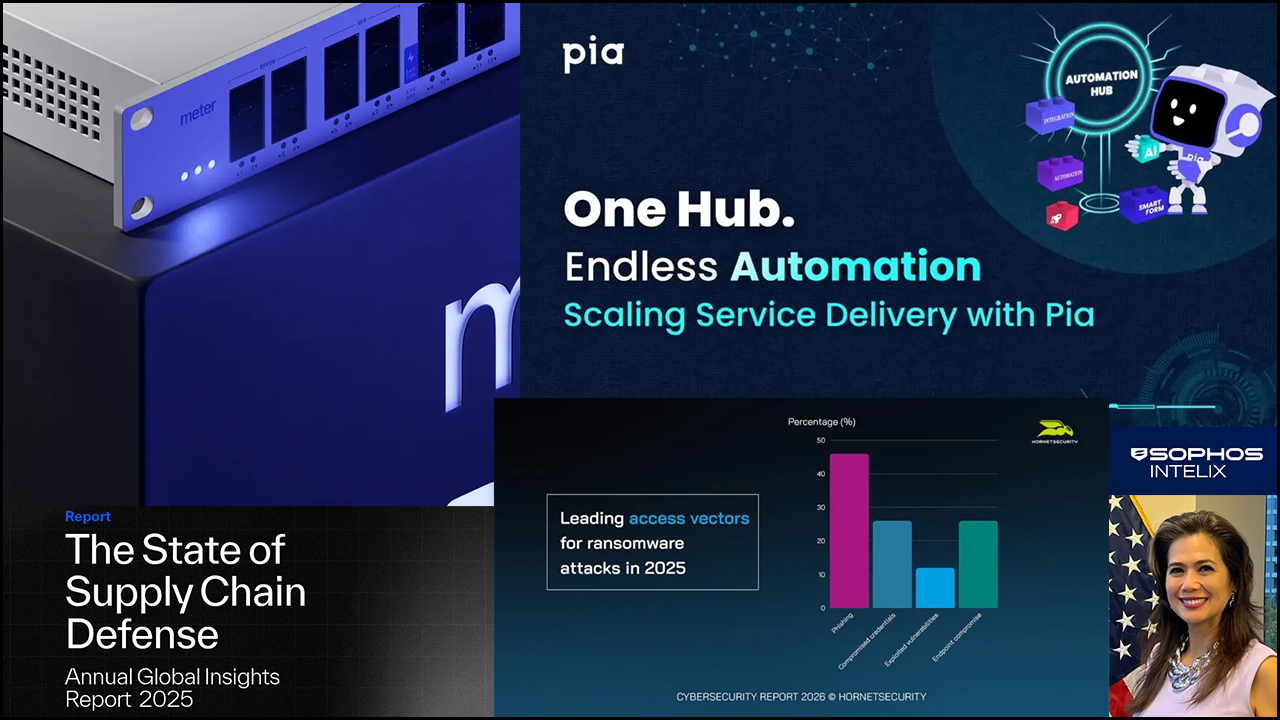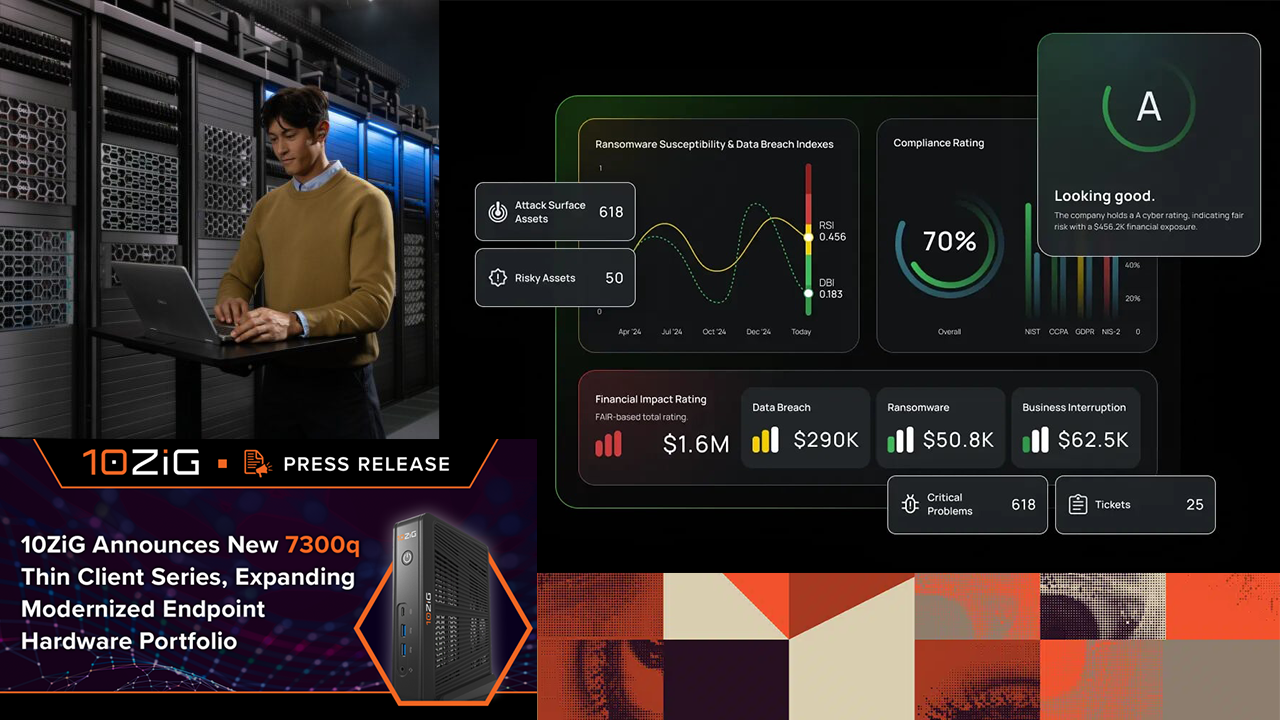MOST VENDORS say they welcome customer and partner feedback when developing or updating products. But do they act on it? Ask Sarah Jane Hannon of Schneider Electric, and she’ll give you a resounding “yes.” And a fresh example to back it up.
Schneider’s APC SmartConnect enables remote monitoring of UPS (uninterruptible power supply) systems. Acting on customer feedback, Schneider added a capability to its Smart-UPS units to remotely reboot the devices they support, such as laptops, printers, and routers.
The suggestion originated in a routine customer poll. Schneider talked further with the customers who made the suggestion to better understand the need.
“What emerged was a consistent story,” recalls Hannon, a software product management director for Schneider. Often, IT admins call their internet provider about network problems “only to be told the first step is to reboot. They then drive to the office just to reboot the network.”
The new Smart-UPS feature eliminates the travel and associated costs.
Multiple Factors
In defining product roadmaps, vendors weigh factors such as attracting new customers and competitiveness. At Analyst1, a threat intelligence platform vendor, those considerations matter. But, says James Nixon, Analyst1’s customer success officer, “Customer happiness and retention is the highest one for our company.”
How quickly vendors act on feedback depends on their development workflow and ability to process requests.
“We aim to review the strategic alignment of all ideas as quickly as possible, typically within a day,” says Patrick Albert, vice president, product management, at Auvik Networks, a network management software vendor. The speed of response depends on “existing priorities, research and design effort, implementation effort, and resourcing,” he says.
Feedback Methods
Customer polling is one way to seek feedback, but vendors use a variety of methods—online forums and suggestion boxes, bug bounties, interviews, request ticketing systems, and training.
“Analyst1 relies on end-user interviews and training event feedback,” says Nixon. “My opinion is that the further removed from human interaction, the less valuable the feedback. The best discussions we have are direct—in person or shared screen—with users.”
Written lists from users, he adds, often don’t reflect actual needs. Online suggestion boxes are more useful because they help vendors assess the “pervasiveness of a request,” Albert says.
Albert, like Nixon, also likes interviewing customers. “It allows you to go in different directions as interesting information surfaces. It also allows you to dive deeper to understand the root cause of the pain. Understanding both user and customer pain are at the center of delivering valuable solutions.”
Image: iStock












